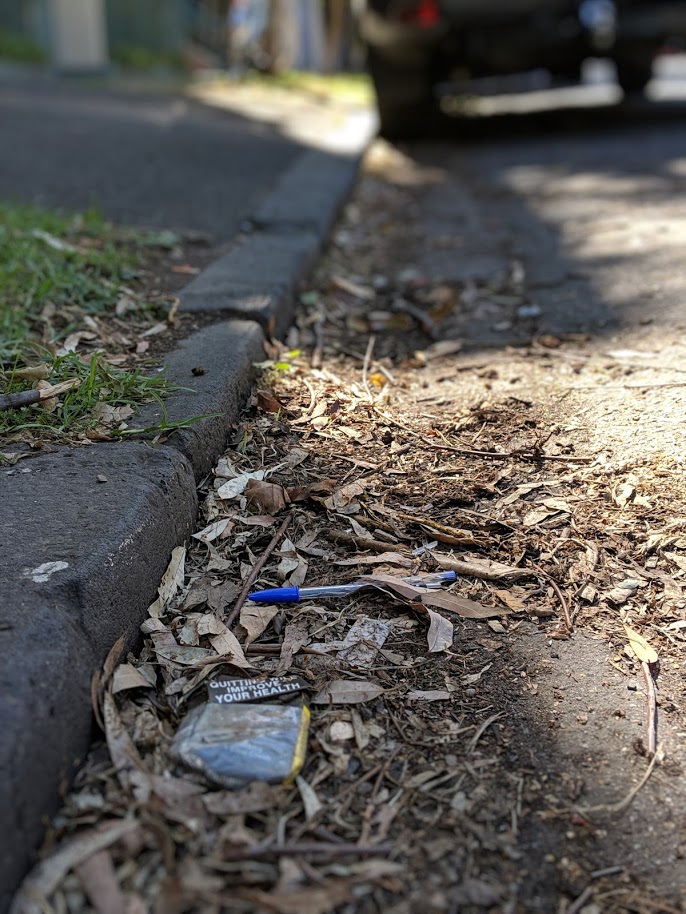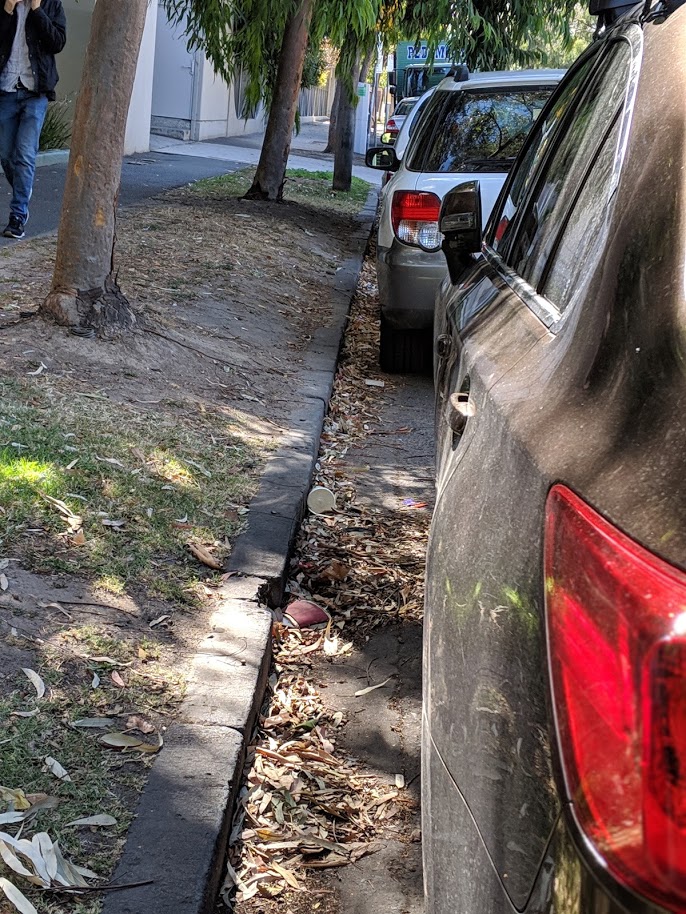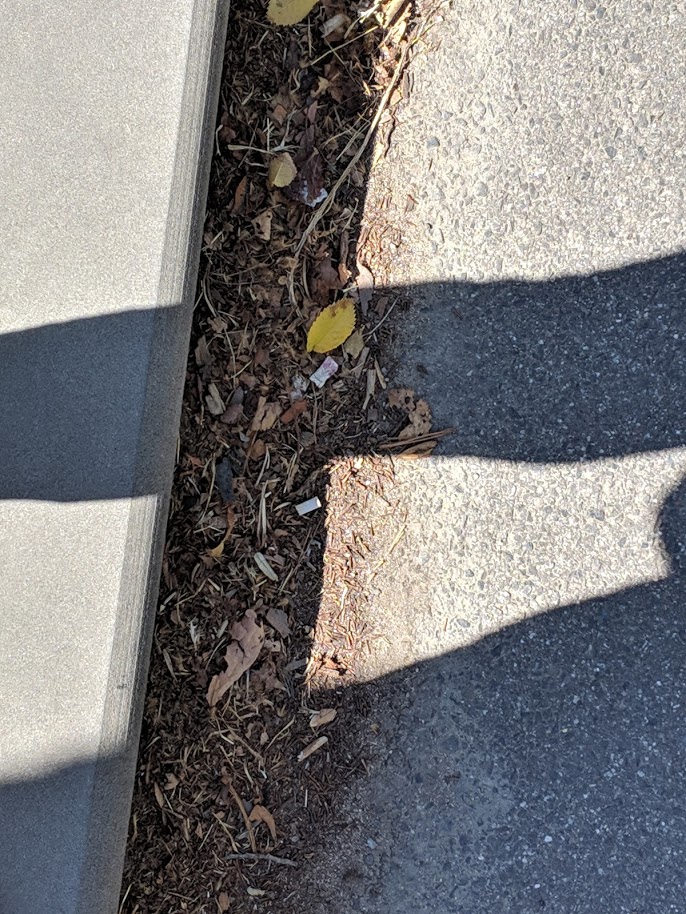This week we spent time researching our assumptions and looking for statistics that supported our concept. It was good to revisit this to build conviction for our idea, especially after numerous pivots.
We are still looking at street sweeping/ street cleaning as our main concept, and we found supporting evidence that:
“Pollutant source control is a more efficient practice than allowing materials to traverse further into the storm sewer system or receiving water where removal is often more costly and less efficient” (Schilling, 2005, p. 11). Sources also show that while the initial capital cost to purchase street sweepers can be quite high, “the long-term removal costs per pound of materials compared to other methods is on the low end” (Schilling, 2005, p. 13).
Our research also directed us more to the sides of the roads, closer to the gutters and entrances into stormwater. “Street cleaning is recommended to be performed almost exclusively on the extreme lanes of the roadway, given that some studies demonstrated that, due to the vehicle-induced turbulence, particles are transported towards the extreme lanes, and about 90% of sediments are within 2 m from the curb” (Amato et al., 2010, p. 3081).
Thus, we took a walk around to look at inner city streets and observed a quite glaring gap, namely that there is a literal gap that is not able to be cleaned, that is at the extreme lane of the roadway and caused by blockage by parked cars.


Curb sides left unswept due to parked cars

Sides of the road that gather debris over a period of time
We took our learnings from the street sweeper and applied them to the curbside, coming up with the early design below.
IMAGE: Curbside sweeper that has a section for metal and glass recyclables, sensors to navigate, and extended brush vacuum heads to suck up debris. The gasification element helps to power it
We envision a slimmer version of a street sweeper that can replace pavement sweepers and does the additional job of picking up sediment from the curb by extending a suction head to the road. This will be self-driving with the help of sensors, and self-fuelled using gasification technology where waste can be converted to syngas. Recyclables such as glass and metals can be detected and sorted out for disposal into public recycled waste bins. The carbon black by-product from the process can be used for construction filler materials or ink (as AIR-INK™ does with car exhaust). The gasification process as it exists now is illustrated below.
Diagram of gasification system showing how indirect heating under pressure can turn waste feedstock into syngas which can be burned cleanly and subsequently fuel its own heating (Bender, 2011)
This curbside cleaner, along with a broad concept plan for awareness raising as well as a rollout plan with supporting systems (fleets of vehicles with electrostatic plates are still part of this) will form our solution concept.
Insights
As we approach our deadline, we are pushing ourselves to be quicker at getting concrete and making sure that we are addressing a gap that is impactful to the whole team. At the same time, earlier assumptions that are less feasible are being dropped quickly (so we are being more efficient as we have no choice!)
While recovery and reuse of plastics and other waste materials in order to close the loop was a big focus for us just some weeks back, thinking about the costs as well as infrastructures that would have to be in place and whether this is justifiable for investment made us come back to our original and most important aim – keeping tyre dust out of the stormwater.
We are conscious also of having to ‘pitch’ this to an end stakeholder and are constantly questioning – why would this be appealing to the investor?
Next Steps
- Complete systems map including sub-systems
- Work on the awareness piece with the aim of ‘prototyping’/getting user feedback in the next 2 weeks
- Approach someone to work with us on design, animation, video
- Finalize elements of our new street sweeper
- Create a new storyline – start preparing our final presentation
- Detail out how the electrostatic plates are going to work on buses and other fleet vehicle
References:
Amato, F, Querol, X, Johansson, C, Nagl, C & Alastuey, A 2010, ‘A review on the effectiveness of street sweeping, washing and dust suppressants as urban PM control methods’, Science of The Total Environment, vol. 408, no. 16, pp. 3070–3084.
Daniel Bender 2011, Converting Trash into Electricity – Eliminating the Unwanted, While Creating the Needed, viewed 3 April, 2019, <https://www.youtube.com/watch?v=UjZgtmd1kko>.
Schilling, J.G. 2005. Street Sweeping – Report No. 1, State of the Practice. Prepared for RamseyWashington Metro Watershed District (http://www.rwmwd.org). North St. Paul, Minnesota. June 2005.


Recent Comments